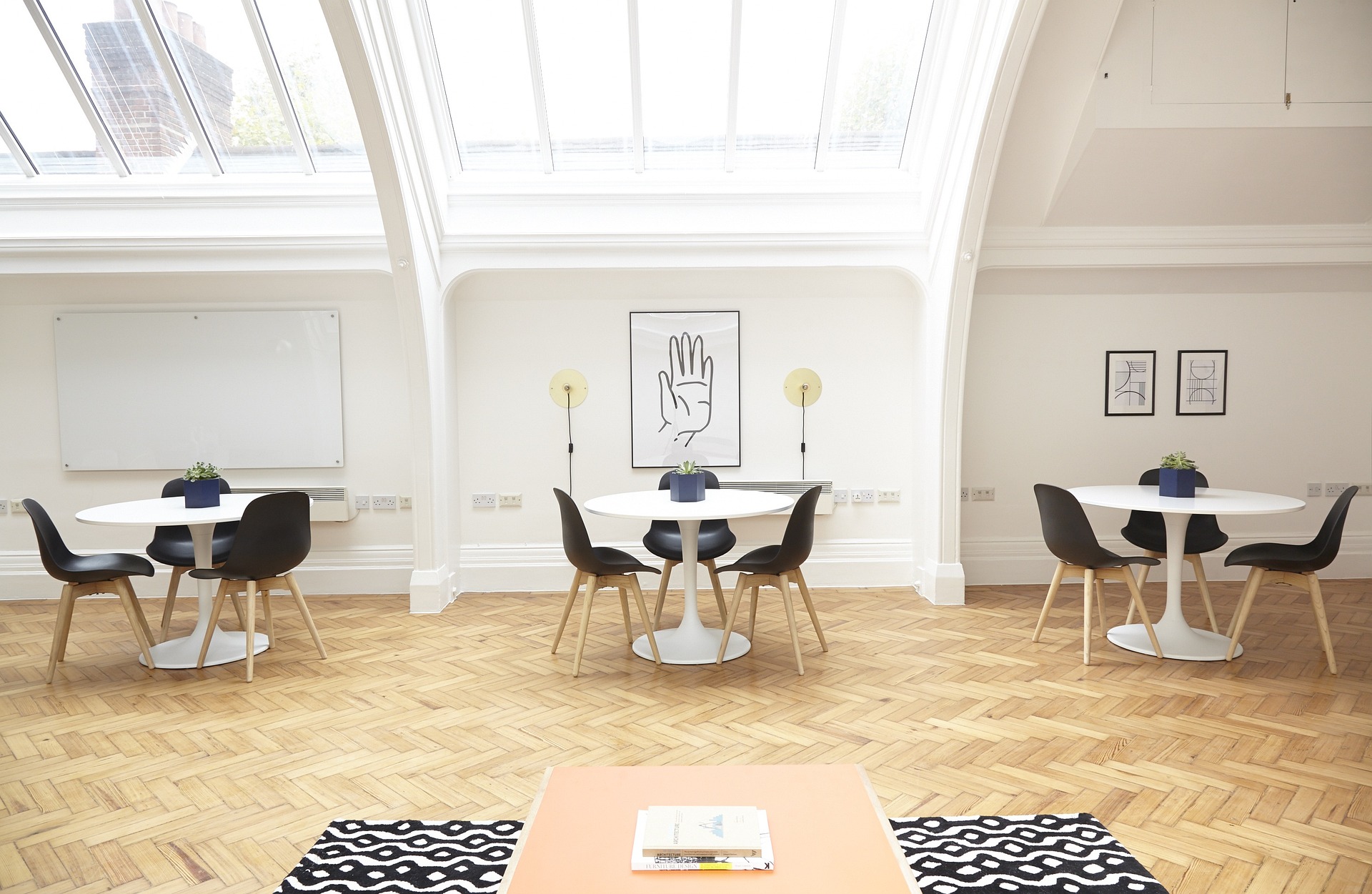Transforming Your Space with Haptic Design
Delve into the exciting world of Haptic Design, a trend that's taking the home and garden industry by storm. This innovative concept embraces the power of touch, transforming spaces into tactile wonderlands. Read below to discover how you can incorporate this trend into your own home.
The Basics of Haptic Design
Haptic Design focuses on the sense of touch and how it influences our perception of spaces. It’s all about texture, form, and material, encouraging us to engage with our surroundings on a deeper level. From soft, plush rugs to rough, rustic wooden tables, every object is chosen for its tactile qualities.
The Power of Texture
Texture plays a pivotal role in Haptic Design. It can add depth and interest to a room, making it feel more inviting. Experiment with a mix of textures - pair a smooth, glossy coffee table with a shaggy rug, or contrast a rough, brick wall with soft, velvet cushions.
Material Matters
Material choice is another crucial aspect of Haptic Design. Natural materials like wood, stone, and wool are often favored for their inherent tactile qualities. However, synthetic materials can also be used creatively. For instance, a faux fur throw or a plastic chair with a textured finish can add an unexpected touch to a room.
Bringing Haptic Design Outdoors
Haptic Design isn’t just for interiors - it can transform your garden too. Consider incorporating elements like a pebble path, a wooden deck, or a water feature. These will engage your sense of touch, making your outdoor space more interactive and enjoyable.
The Therapeutic Benefits of Haptic Design
Research shows that engaging our sense of touch can have therapeutic benefits. It can help reduce stress, improve mood, and even boost creativity. By incorporating Haptic Design into your home, you’ll not only create a stylish space but also promote wellbeing.
Useful Tips and Facts:
- When choosing materials, consider how they will feel under different conditions. For instance, a metal chair might feel cold in winter but pleasantly cool in summer.
- Texture doesn’t have to be physical. Visual texture, such as a patterned wallpaper or a painting with thick brushstrokes, can also add interest to a room.
- Don’t forget about temperature and weight. A heavy wooden door or a warm, heated floor can greatly enhance the tactile experience of a space.
In conclusion, Haptic Design is a trend that invites us to engage with our surroundings in a more meaningful way. It’s about celebrating the power of touch and the joy it can bring to our everyday lives. Whether you’re redesigning your living room or revamping your garden, consider incorporating some elements of Haptic Design. It might just transform your space into a tactile paradise.





